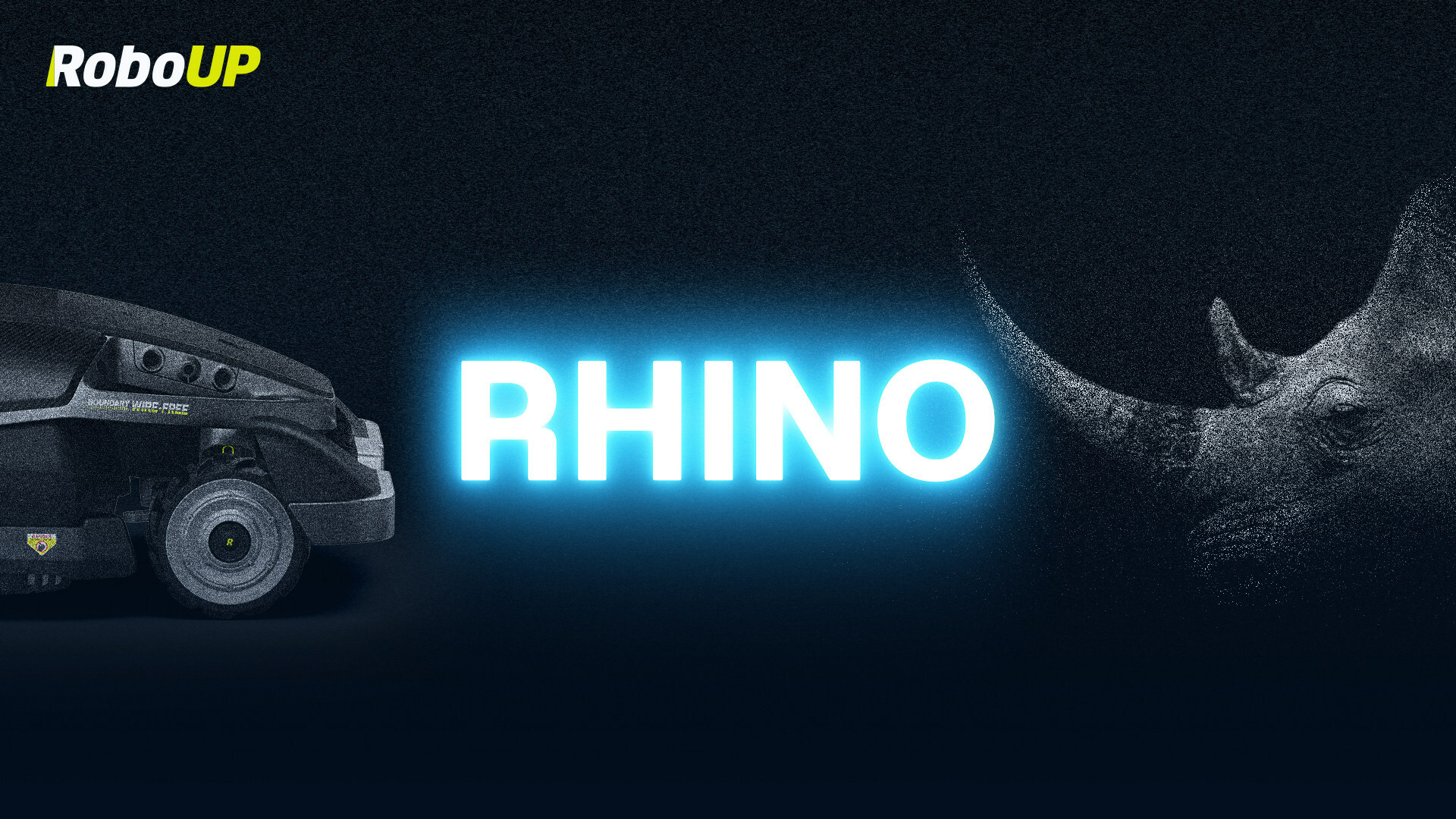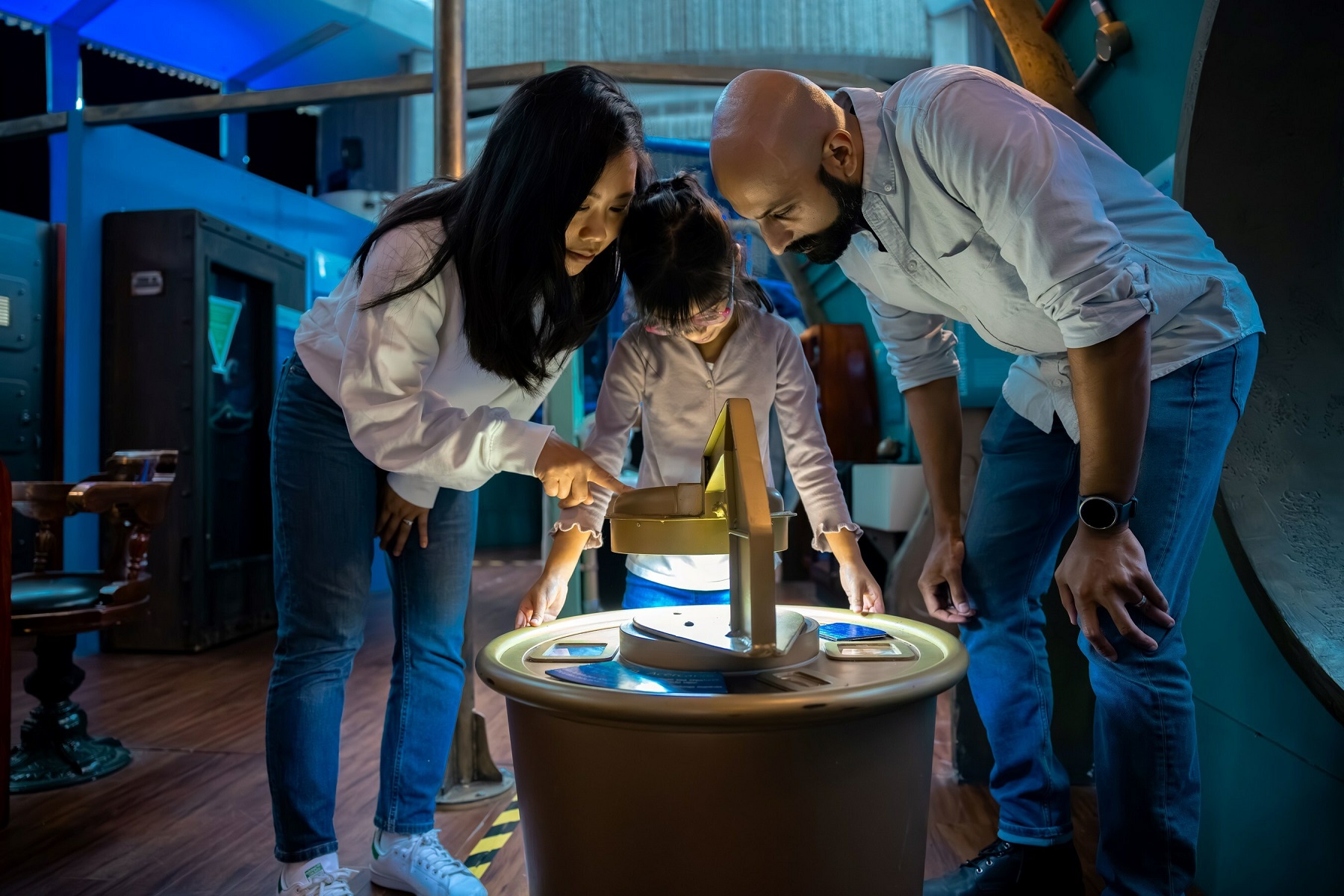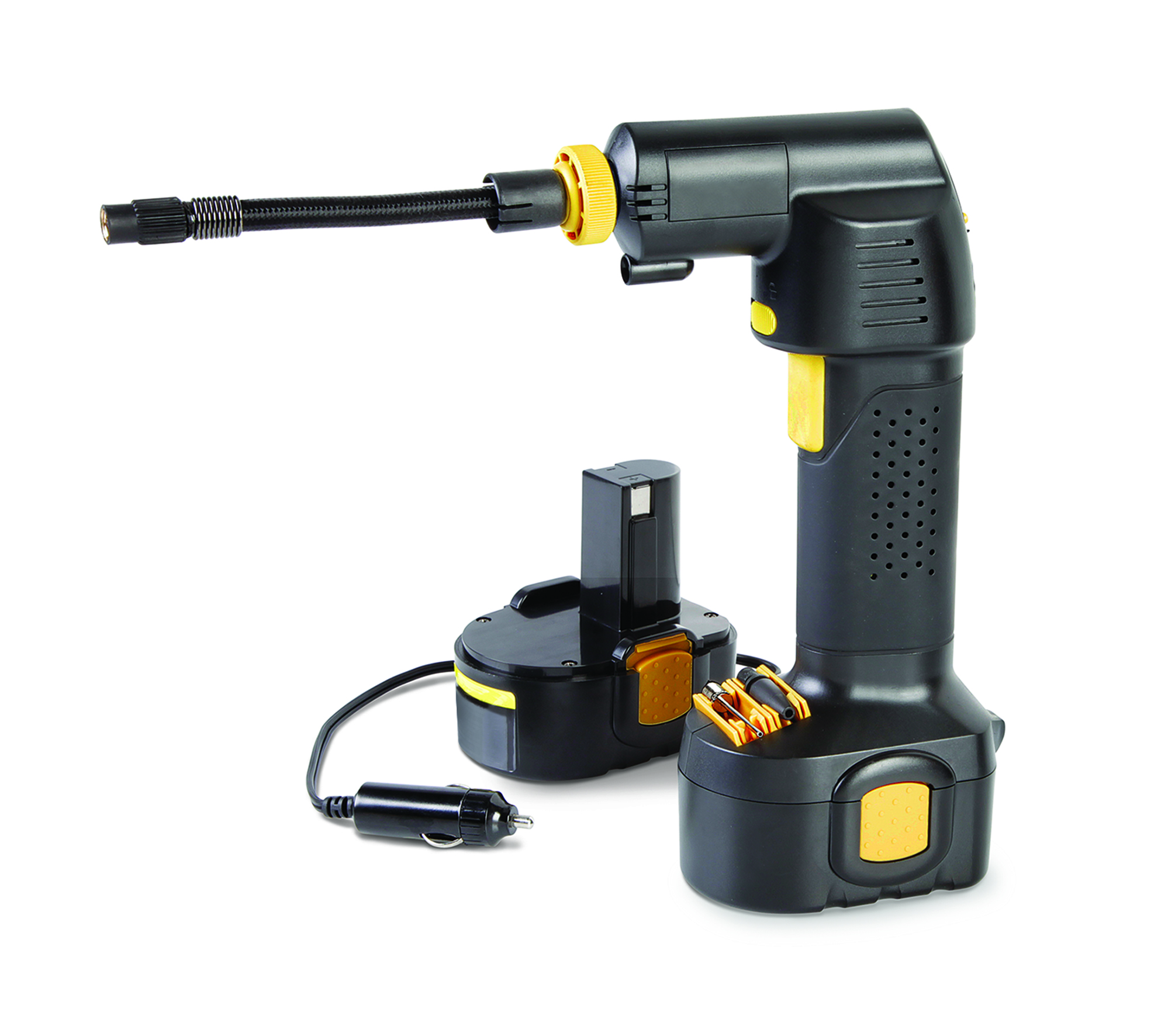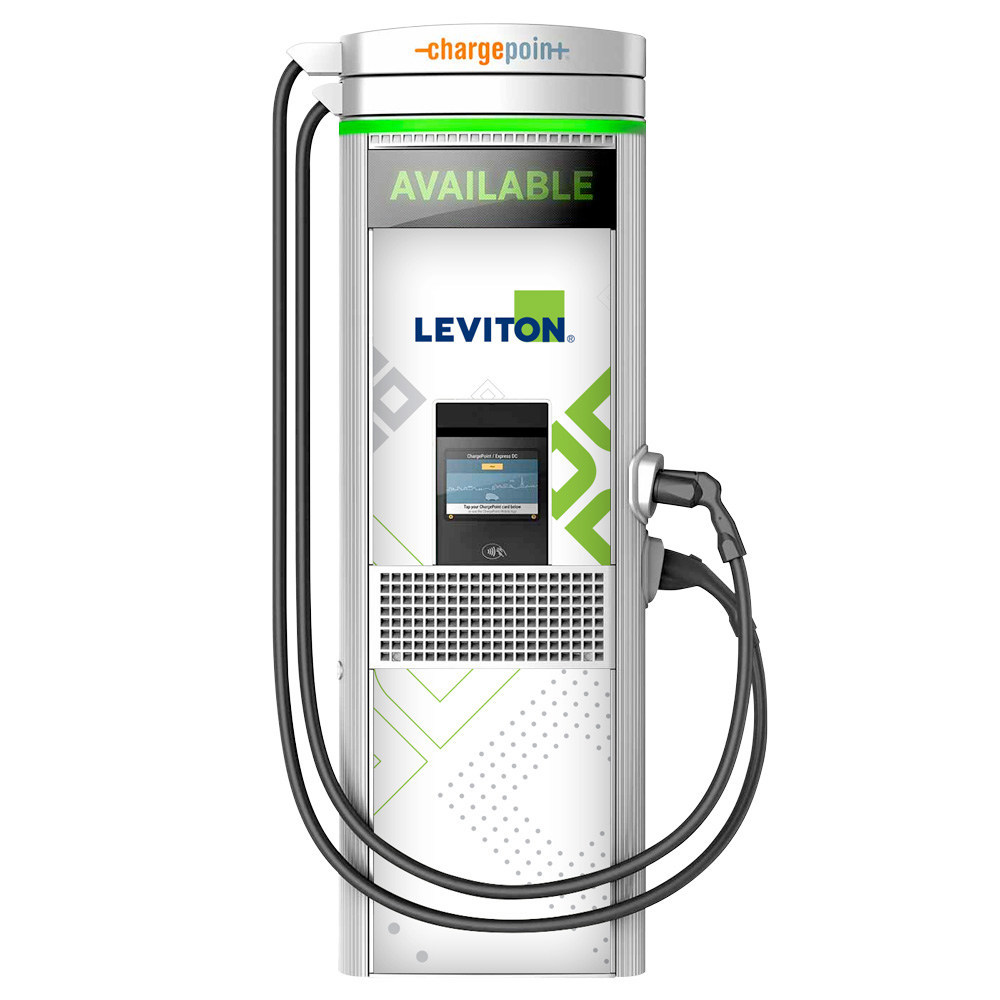NASAPress Releases
Peregrine Spacecraft On the Move
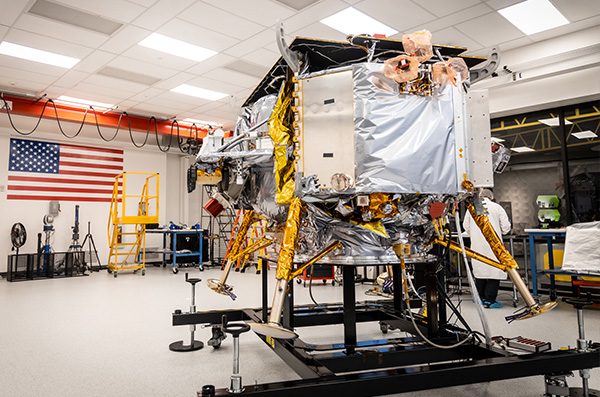

| Astrobotic announced today the Peregrine lunar lander has left their headquarters for the last time. The spacecraft is now headed to test facilities for final acceptance testing before its first launch to the Moon in Q1 2023. Peregrine’s acceptance campaign will subject the spacecraft to a battery of industry-standard tests that will prove Peregrine can endure the launch environment aboard United Launch Alliance’s (ULA) Vulcan Centaur rocket, as well as the harsh environments of space and the lunar surface. These spacecraft-level tests follow years of prototyping, engineering analyses, modeling, simulations, and sub-assembly tests that provide high confidence in the fully assembled vehicle. “A few years ago, we were an 18-person team with a dream. Today, Astrobotic’s 200+ staff and our payload customers can celebrate as our Peregrine lander continues its historic mission to lead America back to the Moon for the first time in 50 years,” says John Thornton, Astrobotic CEO. Slated to be the first commercial lunar lander to ever soft land on the Moon, Peregrine is carrying payloads from NASA’s Commercial Lunar Payload Services initiative that was awarded in 2019. Though Astrobotic had payload customers prior to NASA, that win propelled the Peregrine program forward. Despite the pandemic slowing supply chains and disrupting workflow during critical program phases, the team managed to progress quickly toward Peregrine’s upcoming delivery to ULA. “The space industry can move slowly sometimes – but our nimble engineering team proved their dedication and worked around the clock to ensure we met our deadlines,” says Sharad Bhaskaran, Astrobotic’s Peregrine Mission One Director. “There are folks finishing up Peregrine that were here since its inception. We’ve added a dedication plaque with all of our signatures to honor that work– every person is important to achieving our mission to the Moon.” After acceptance testing, Peregrine will be shipped to Cape Canaveral, Florida for integration with Vulcan Centaur. After launch, Peregrine will separate from the rocket and Astrobotic’s Mission Control Center (AMCC) will then navigate the spacecraft to the Moon for landing. The AMCC will then complete the mission by supporting lunar surface science operations. |
| About Astrobotic Astrobotic is the Moon company and more. We develop advanced navigation, operation, power, testing, and computing systems for spacecraft. Our fleet of lunar landers and rovers deliver payloads to the Moon for companies, governments, universities, non-profits, and individuals. To date, we have two fully funded lunar lander missions on the books, and more than 60 prior and ongoing NASA and commercial technology contracts worth upwards of $350 million. Astrobotic was founded in 2007 and is headquartered in Pittsburgh, PA. www.astrobotic.com |

